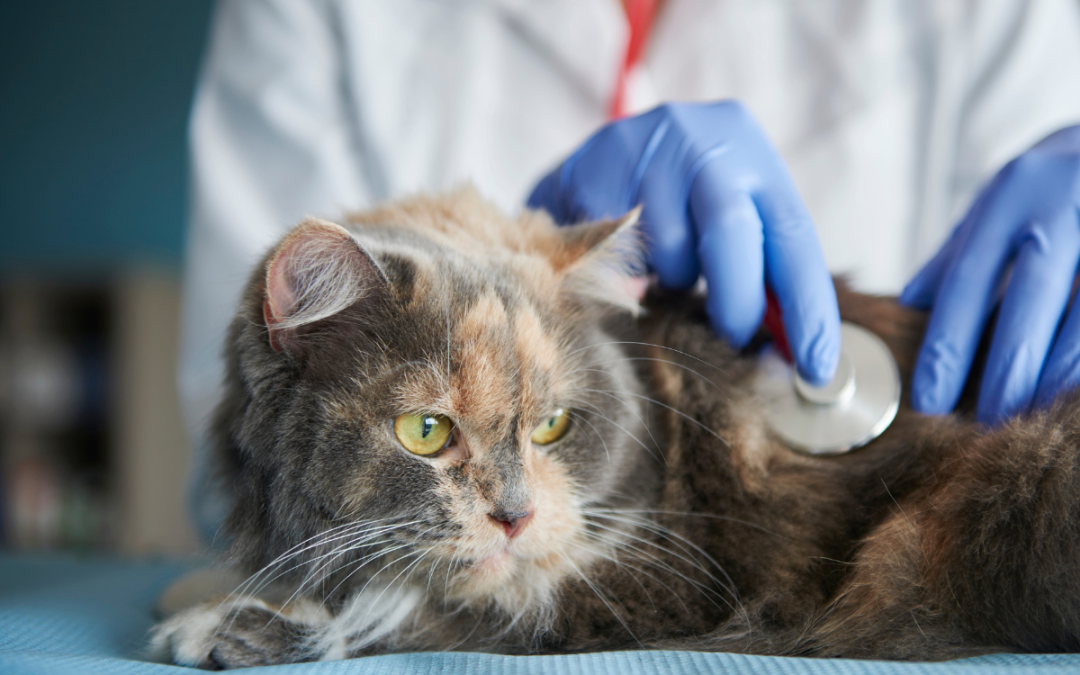Many people believe that cats only need to visit the vet when they are visibly sick. However, cats are adept at hiding pain, and underlying health issues can go undetected for months or even years. To ensure early detection of health problems and provide preventive care, it is recommended that cats have a check-up at least once a year. Regular cat vet care is crucial for maintaining your feline friend’s health and well-being.
Signs Your Cat May Be Experiencing Pain
Change in Activity Level:
- Decreased Activity: Cats may become less active, sleep more, or show reluctance to jump or move as freely as before.
- Increased Activity: Some cats may become restless, constantly getting up and down, and struggling to find a comfortable spot.
Self-Mutilation:
- Cats may excessively lick or bite at painful areas, potentially leading to secondary wounds, skin infections, and hair loss.
Vocalizing:
- While purring is often a sign of contentment, it can also indicate pain or distress, especially in more gentle or easygoing cats. Meowing or growling can also be signs of discomfort.
Change in Daily Routine:
- Appetite Changes: A sudden drop in appetite may indicate pain or nausea.
- Litter Box Issues: Accidents outside the litter box may suggest difficulty using the box due to pain or soreness.
- Altered Behavior: A once affectionate cat that suddenly avoids being held may be experiencing discomfort.
Posture:
- Cats in pain may walk gingerly, avoid jumping, or adopt a hunched posture. They may also protect certain body areas or show signs of limping.
Facial Expressions:
- A vacant or “glazed” expression can indicate pain. The Feline Grimace Scale can help identify pain-related facial expressions, and dilated pupils can be a sign of stress or discomfort.
Aggression:
- A normally friendly cat that suddenly becomes aggressive or swats when touched may be in pain. Aggressive behavior can be a way for a cat to signal that they are hurting.
Poor Coat Condition:
- Cats that stop grooming or appear unkempt may be suffering from pain that makes grooming difficult.
If you notice any of these changes in your cat, please call to schedule a visit with us to address potential health issues promptly. Early detection and treatment can significantly improve your cat’s quality of life. Have any questions on cat vet care? Contact us here or schedule an appointment online to ensure your cat receives the care they need.


